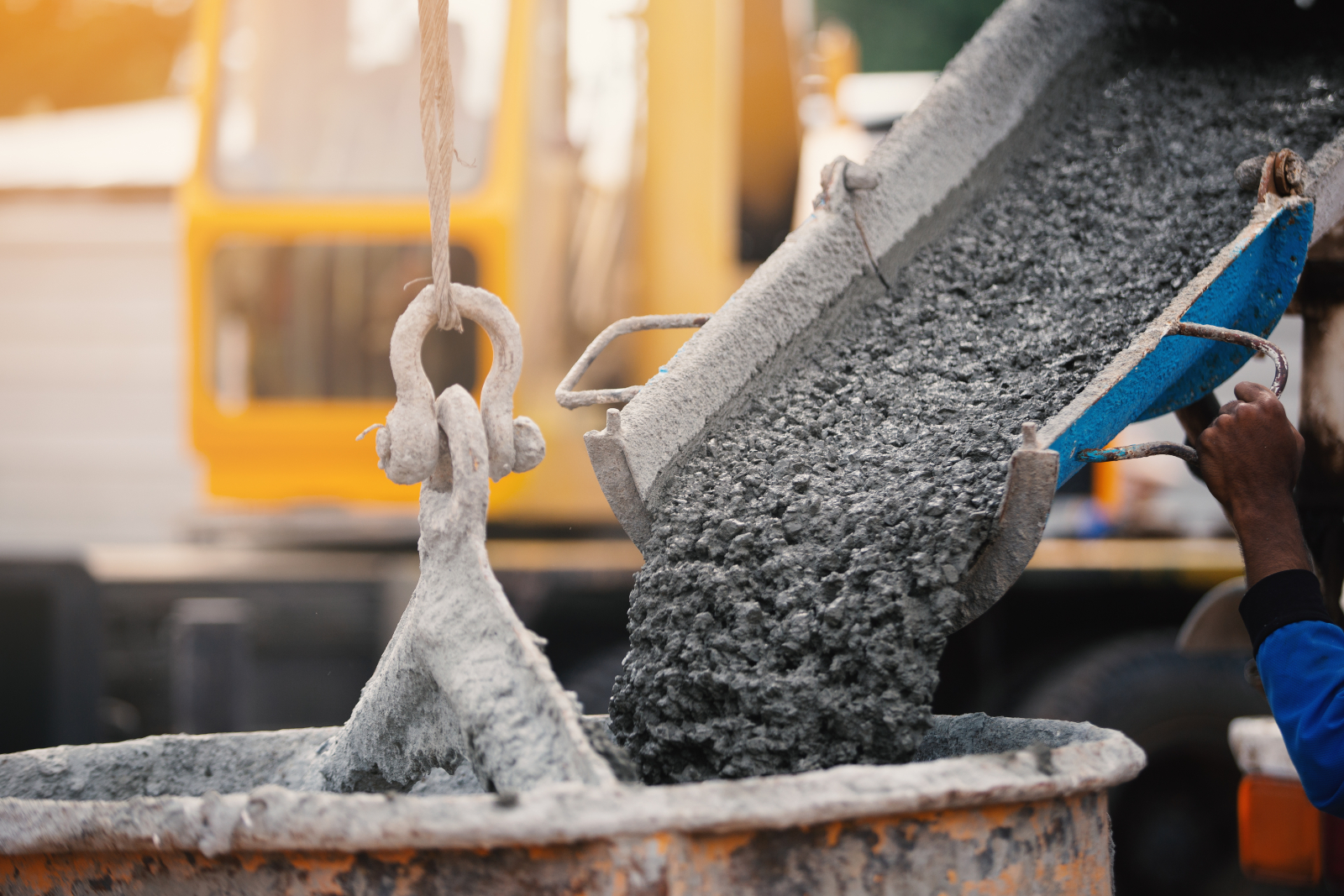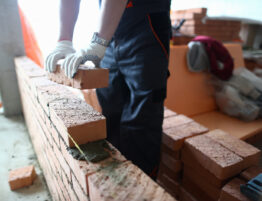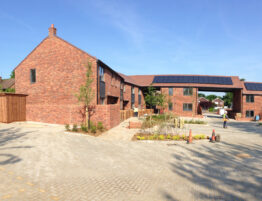
The construction industry is responsible for a sizeable portion of global carbon emissions, largely due to the production of cement. But what if the very process of building could help capture carbon instead of releasing it? Scientists at Nanyang Technological University, Singapore (NTU Singapore) have developed an innovative 3D concrete printing method that seems to do just that.
By capturing and storing carbon dioxide (CO2) within concrete during the printing process, this new method offers a promising step towards more sustainable construction. How does it work? Read this week’s blog to learn more.
How this breakthrough works
Instead of traditional concrete mixing, this method injects steam and captured carbon dioxide (by-products from industrial processes) directly into the concrete mixture. This traps the carbon within the structure (helping to reduce emissions) and has the added benefit of improving the properties of the material.
Benefits of carbon-capturing concrete
The researchers found several advantages to this new approach:
- Better printability – The concrete can be shaped and printed 50% more efficiently, making construction faster and smoother.
- Increased strength – The material is up to 36.8% stronger in compression (resisting weight) and 45.3% stronger in bending (resisting flexing) compared to standard 3D printed concrete.
- Higher carbon absorption – The method captures and stores 38% more carbon dioxide than traditional 3D printing techniques.
Professor Tan Ming Jen, the lead researcher, explained the impact of this breakthrough:
“The building and construction sector causes a significant portion of global greenhouse gas emissions. Our newly developed 3D concrete printing system offers a carbon reducing alternative by not only improving the mechanical properties of concrete but also contributing to reducing the sector’s environmental impact. It demonstrates the possibility of using CO2 produced by power plants or other industries for 3D concrete printing. Since traditional cement emits a lot of carbon, our method offers a way to plough back CO2 through 3D concrete printing.”
PhD candidate and first author of the study, Lim Sean Gip, added:
“We are at a critical time where the world is accelerating efforts to meet climate change targets. We believe our technology could contribute to making the construction industry more sustainable.”
What’s next?
The researchers have already filed a US patent for their innovation and are refining the process further. Future developments could make 3D printing even more efficient and potentially use waste gases instead of pure CO2.
With the construction industry looking for greener alternatives, this discovery could be a game-changer. What do you think – could 3D printing with carbon capture become a standard in future construction? Let us know your thoughts by commenting over on our Facebook or LinkedIn pages.
17.02.2025
Feature image: Freepik








